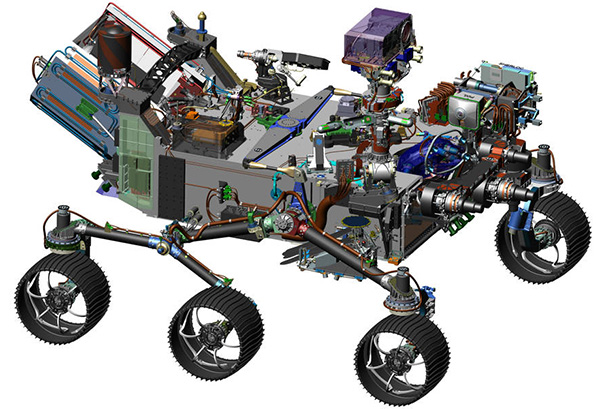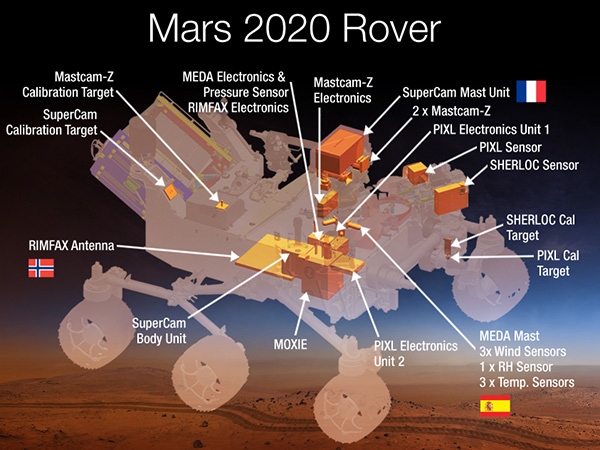NASA to send Curiosity 2.0 rover to Mars in 2020
7/18/2016, Milan Šurkala
The new Mars mission is finally planned. NASA wants to send the new Curiosity 2.0 rover with enhanced scientific instruments to the Mars planet in 2020. The new rover should also collect samples of Martian soil.
The former Curiosity rover mission was quite huge success. NASA wants to continue and plans a new mission for summer 2020. The new Curiosity 2.0 rover is already in development and it should reach the red planet in February 2021. The development can be quite fast because NASA wants to improve the previous generation of the vehicle and will not develop everything from scratch. There is no need for that because the previous generation proved to be successful and capable.

The tasks for the second generation of the vehicle is to explore Mars, to find potential traces of past microbial life and potential hazards for human Mars missions. It should also collect some samples in order to eventually return them to Earth if such a mission is going to be carried out. Therefore, the main difference between the first and the second generation will be the scientific instruments.
In order to collect the samples, it is going to have a new arm and a set of thirty sample tubes. The rover will also examine the availability and usability of resources like oxygen that can be extracted from carbon dioxide. There is also an idea to use this oxygen as an oxidizer for a rocket fuel. The atmosphere on Mars has 0.15 % of oxygen only but there is an extremely high amount of CO2. This gas forms almost 96 % of the atmosphere. The experiment is called MOXIE. There will be Mastcam-Z camera system with panoramic and stereoscopic imaging.

Curiosity 2.0 is going to use an improved landing system. The sky crane system will be the same but the parachute system is enhanced and allows to specify where and when to open a parachute. The landing area can be shrunk and the rover can land in areas with small unsafe zones that would be rejected otherwise. NASA wants to include a microphone and record the sounds of the entry, descent and landing sequence.
The NASA space missions are usually divided into the phases A, B, C, and D. This mission is already in the Phase C. It means that final design of the system and fabrication is carried out. We should to remind that NASA plans human mission to Mars for 2030s or 2040s, whereas SpaceX wants to be there in 2025.
Source: nasa.gov, mars.nasa.gov




.jpg)

.jpg)




